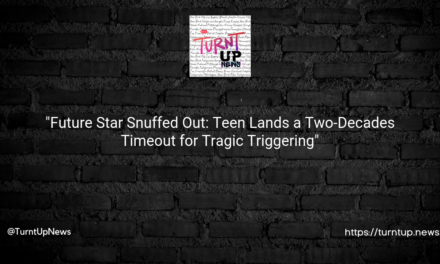💥 Dam’s Gotta Go! But Then What? U.S.’s Biggest Demo Paves Way for Mother Nature’s Reboot 🌱
TL:DR; 😲 The U.S. says goodbye to its largest dam along the California-Oregon border! But wait, it’s not just about making a splash 💦. The real challenge? Planting 17 billion seeds and restoring a century-old natural habitat. Also, why are helicopters involved? 🚁
Back to Nature with a Bang!
So, they’re tearing down the U.S.’s largest dam. But hey, isn’t that, like, removing a slice of history? Sure, but it’s also about mending the mistakes of the past. 💔➡️❤️
The big boom will end next year, and when the dust settles, over 400 miles of river will be free-flowing again, ready to welcome fish and wildlife. Just to put that into perspective, we removed 65 dams last year and only reconnected 430 miles of river. So, this is, like, massive! 🐟🌊
A Not-So-Powerful Dam
We’re not losing much power here folks. These dams generated less than 2% of power company PacifiCorp’s energy, which means they lit up roughly 70,000 homes. Sounds big, right? But hydroelectric power, though green and clean, can be a real party-pooper for our fishy friends and river ecosystems. 🏡💡❌🐠
Sowing the Seeds of Tomorrow…Today! 🌱
With reservoirs stretching over 3.5 square miles to be emptied, we’re about to see some soil basking in the sun for the first time in over 100 years. #Throwback! 🌞
For half a decade, Native American tribes have been prepping for this makeover. How? By gathering seeds and plotting a massive planting spree. And because we’re in 2023 and we’ve got cool tech, helicopters are swooping in to drop off hundreds of thousands of trees and shrubs. 🌲🌳
Now, you might be asking, “Why the rush?” 🤔 Well, if we just let nature do its thing, invasive plants might move in and crash the party. And we can’t have that, can we?
History Meets Future
Flashback to 1918: PacifiCorp built these dams to light up homes. But what they didn’t factor in? The massive disruption to salmon’s life cycle. 🐟➡️🚫 For Native American tribes, these fish are more than just dinner – they’re a significant part of their culture and spirituality.
Remember 2002? That year saw a killer combo of low water levels and warm temps that literally killed over 34,000 fish, mostly the precious Chinook salmon.
The Big Question
With such a colossal change on the horizon, we’re left pondering: Is restoring nature’s past the key to a brighter, more sustainable future? Or are we just setting the stage for another chapter in our endless tango with Mother Earth? 🌍💃
What do you think? Can we truly hit the reset button on nature? 🔄🌱🤷♂️





